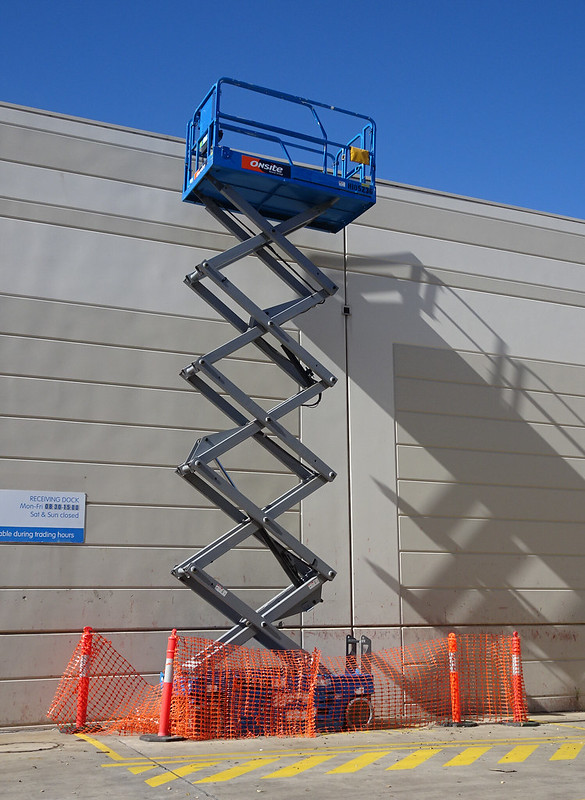
Occupational safety is very important for all workers. Regulations have been put in place to ensure that workers are safe in their place of work. Scissor lift certification is required to ascertain safety at the places operating the various types of lifts in either construction or other places of work.
Training on safety is core to health safety and avoiding occupational health hazards. The training should include how to operate, working on slopes, how to unload goods, maintenance and inspection of the lift, assessing the environment for possible hazards, the lift control system, and fall protection.
The lift certification is a requirement that should be met by all the workers who wish to work with these lifts. It is not only good for the employer in ensuring good maintenance but also safe for the worker to avoid occupational risks. The lifts can be harmful hence all the employers should ensure the workers are trained and certified.
The scissor lifts are of various types based on the powering mechanisms such as hydraulic, electric, rough terrain lift, diesel, and pneumatic lifts. The correct operation of these lifts is important. One time training is not sufficient hence there is a need for renewal training.
Proper understanding of each of these types is core to health and safety. Good maintenance is also assured with well-trained staff. The diesel-powered lift for instance is good in outdoor activities while electric lifts can be used in enclosed spaces.
The scissor lifts are not classified among the high risk works hence licenses are not required but certification is a requirement. It will give the basis needed for proper handling of the lift. The scissor lifts make work easy especially in accessing the high places. The lifts can access up to 40 feet high.
The OSHA scissor lift regulations control the use of the lifts and only limits their use to only the properly trained personnel. When the lifts are in the right hands then the cost of maintenance is even cheaper. Fall protection will also limit on the cost of healthcare and compensations from occupational hazards.
Proper inspection of the lift will lower the risk. A fall harness is also required to prevent falling to the ground. The employers are expected to keep the working places free from health hazards and in such a case where the hazards cannot be avoided then personal protective gear should be availed at no cost.
The OSHA guidelines expect the employer to list the occupational injuries. The working environment should also be inspected and be certified as hazard-free or proper guidelines on the protection of the workers are given in cases of unavoidable hazards. The workers have a right to seek the inspection certificate to ensure their safety without victimization from their employer.
